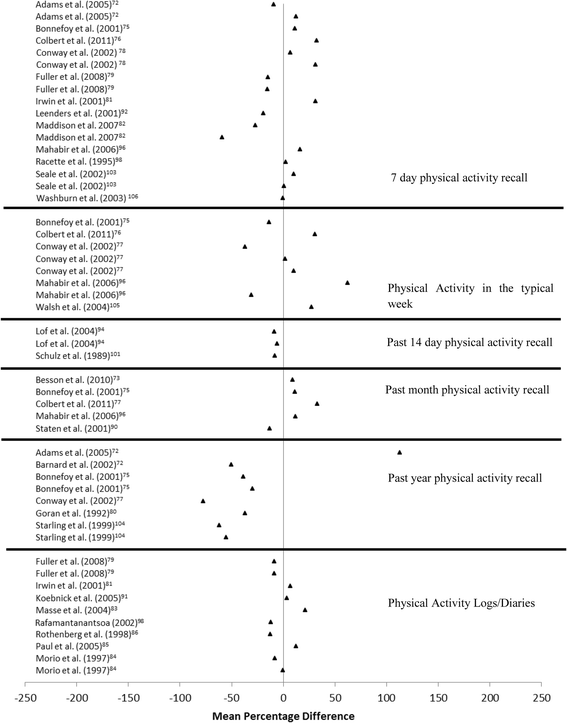Sn Rk 202 14 2002
- 8 Comments!

Free cadence orcad 105 portable download reviews 2016. Surface-enhanced Raman scattering (SERS) is a spectroscopic technique which combines modern laser spectroscopy with the exciting optical properties of metallic nanostructures, resulting in strongly increased Raman signals when molecules are attached to nanometre-sized gold and silver structures. The effect provides the structural information content of Raman spectroscopy together with ultrasensitive detection limits, allowing Raman spectroscopy of single molecules. Since SERS takes place in the local fields of metallic nanostructures, the lateral resolution of the technique is determined by the confinement of the local fields, which can be two orders of magnitude better than the diffraction limit. Moreover, SERS is an analytical technique, which can give information on surface and interface processes. SERS opens up exciting opportunities in the field of biophysical and biomedical spectroscopy, where it provides ultrasensitive detection and characterization of biophysically/biomedically relevant molecules and processes as well as a vibrational spectroscopy with extremely high spatial resolution.
The article briefly introduces the SERS effect and reviews contemporary SERS studies in biophysics/biochemistry and in life sciences. Potential and limitations of the technique are briefly discussed. Export citation and abstract.
(307261) 2002 MS 4 is a large, the second-largest known object in the Solar System without a name, after. It was discovered in 2002. Brown's website lists it as to be a. The estimated it to have a diameter of 000000000♠726 ±123 km. The Herschel team estimates it to be 000000000♠934 ±47 km, which would make it one of the 10 largest TNOs currently known and large enough to be considered a dwarf planet under the of the. It is currently 47.2 AU from the Sun and will come to in 2123. It has been observed 55 times, with images back to April 8, 1954.
.□ftftlnn 27*0 9U91 Northern Lib.2*67 1301 04. WO W4t V.I(rZ6BW83 Tuul nos son Dertrirf VL CfctMUw A 700 AA20 IMawar* I0MJ 1777. F»}«n» 3030:t>*7 Otmim IAA9 2002 VV. AnOO M4A RK- 202.
Retrieved 2009-08-26. IAU Minor Planet Center.
Retrieved 2009-08-31. • (2008-05-03). SwRI (Space Science Department). From the original on 4 June 2011. Retrieved 2009-08-31. • ^ (2009-09-19 last obs.). Retrieved 7 April 2016.
• ^ Vilenius, E.; Kiss, C.; Mommert, M.; et al. ' 'TNOs are Cool': A survey of the trans-Neptunian region VI. Herschel/PACS observations and thermal modeling of 19 classical Kuiper belt objects'. Astronomy & Astrophysics. 541: A94.:..
• Tegler, Stephen C. Archived from on November 16, 2007. Retrieved 2006-11-05. Department of Mathematics, University of Pisa, Italy. From the original on 2009-09-04. Retrieved 2009-08-27. Archived from on 2011-10-18.
Retrieved 2011-08-25. • Stansberry, Grundy, Brown, Spencer, Trilling, Cruikshank, Luc Margot Physical Properties of Kuiper Belt and Centaur Objects: Constraints from Spitzer Space Telescope (2007) • (2006-08-16). Harvard-Smithsonian Center for Astrophysics and IAU EC Planet Definition Committee chair. Retrieved 2007-03-13. External links [ ] • • at the •.